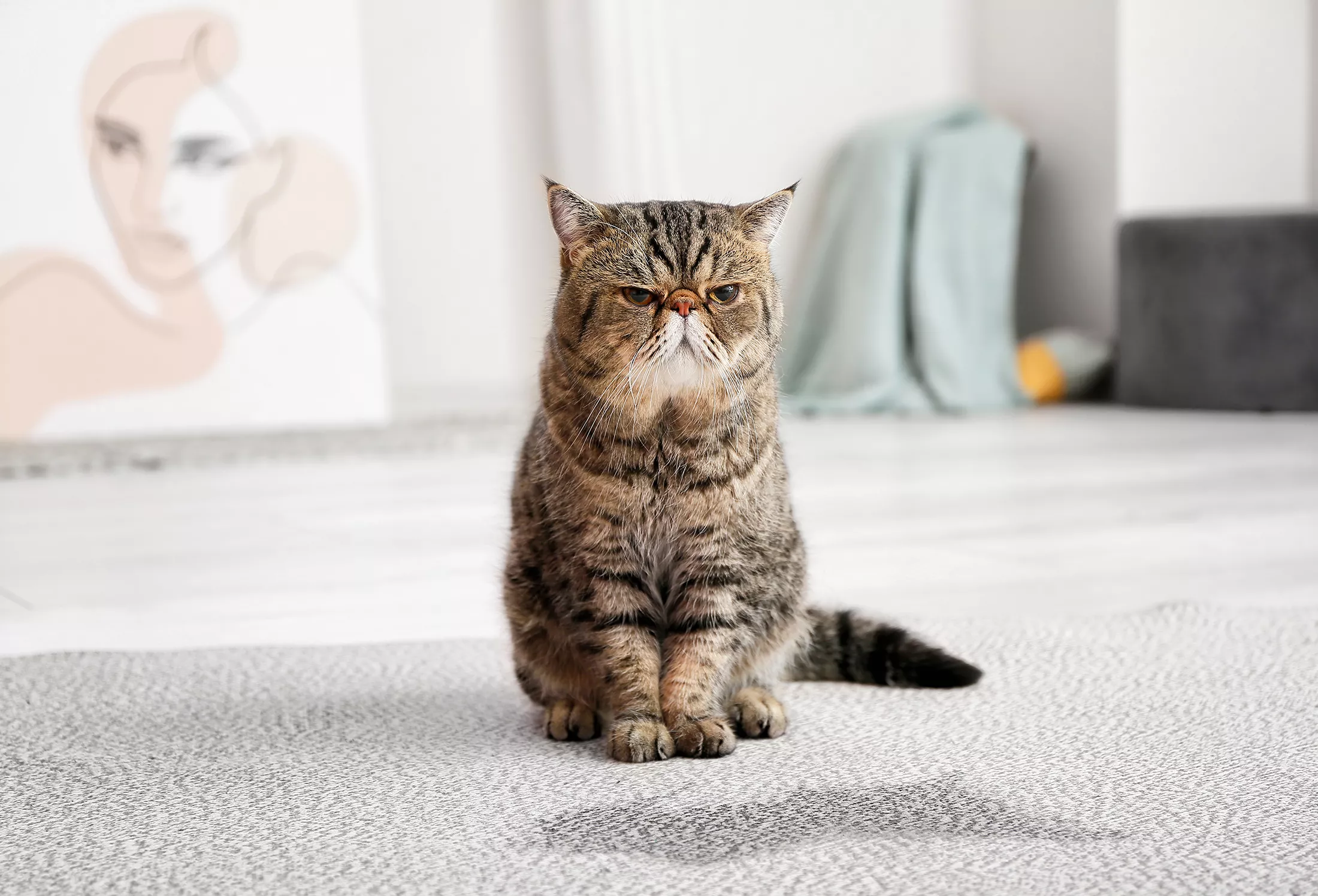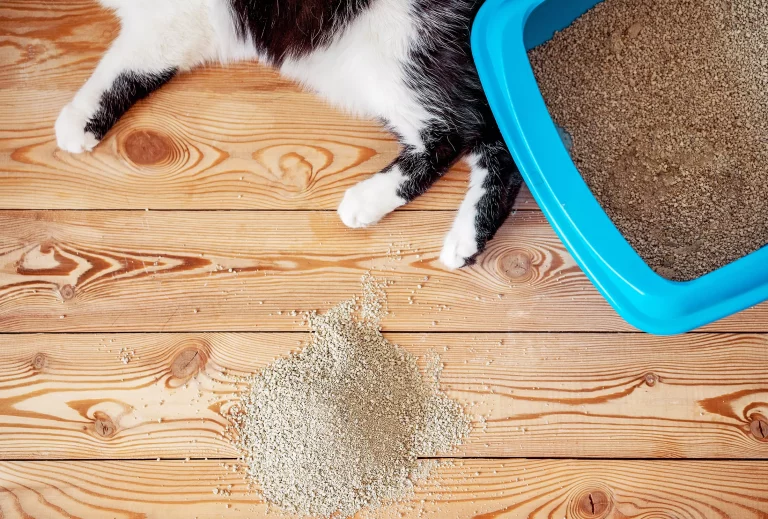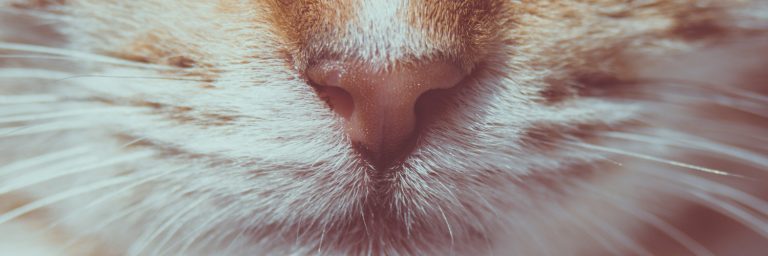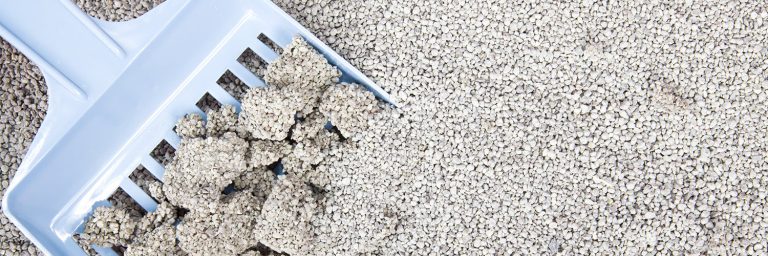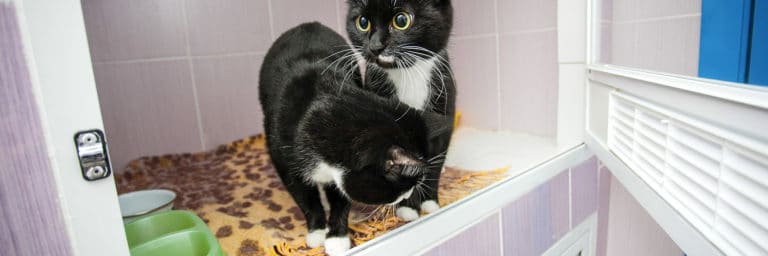How To Clean Up Cat Pee: Our 2023 Guide
Generally, it’s easier to clean up after cats compared to dogs but accidents do happen sometimes and knowing how to clean up cat pee may come in handy.
So your cat decided to outside his litter box – stinking up the whole room and possibly staining your carpet, mattress or something else. Let’s face it, we love our cats but their pee has a strong and stinky smell that is often difficult to remove.
What is cat pee composed of?
There is a reason why enzyme cleaners that help clean up cat pee are available in the market. Homemade solutions such as baking soda, vinegar and regular cleaners are simply not enough to break down and remove all the components of cat pee. But what is cat pee composed of anyway?
Cat pee contains:
- Uric Acid
- Urobilin/Urobilinogin
- Urea
- Sodium and other electrolytes
- Creatinine
- Pheromones
- And Bacteria
Cat pee may contain bacteria – which typically have 5 different strains. When your cat’s pee slowly dries, the bacteria break down urea – which is what causes ammonia-like scent. And as cat pee decomposes further, it releases thiols – like the thiols found in skunk spray – that make the nasty smell even worse. The cat pee’s urobilin/urobilogin is the pigment that causes the color. This and the urea are not really hard to clean as the latter is water soluble.
How to remove and clean up cat pee
While regular household cleaners and homemade solutions can remove the urea, bacteria, and urobilin/urobilinogin, they cannot really break down uric acid and its salts. While solutions such as the hydrogen peroxide-vinegar s effective in removing the smell, it only works temporarily.
The salts can cause the uric acid crystals to reform when exposed to humidity — thus releasing scents once again. Humans cannot always detect this smell – but cats do. This “invisible” scent may encourage them to pee on the same spot or outside the litter box again.
Because of the presence of uric acid, cat pee has a half-life of up to 6 years. That’s why it is important to use enzyme cleaners as these products are the only thing that can break down uric acid. When applied on the spot of cat pee, the enzymes will break the uric acid down into ammonia and carbon dioxide. After that, they will easily evaporate.
Do note that not all enzyme cleaners are effective so it’s best to know which ones work well. But brands such as Urine Off, Nok Out, Anti-Icky Poo, and Stink Free are what most cat owners recommend.
Enzyme cleaners often come in spray bottles but this doesn’t mean a couple of sprays are enough to completely remove and clean up cat pee. You will have to pour the enzyme cleaner on the spot of the cat pee so that the product “envelopes” it. Soak the area and let the enzyme cleaner sit for ten to fifteen minutes. After that, you can blot the area before letting it air dry. Do note that enzyme cleaners need a natural drying time to break down the uric acid and its salts.
The same procedures may be done on old cat pee stains but they may need 2 to 3 rounds of enzyme cleaner application (soaking and allowing to dry completely).

